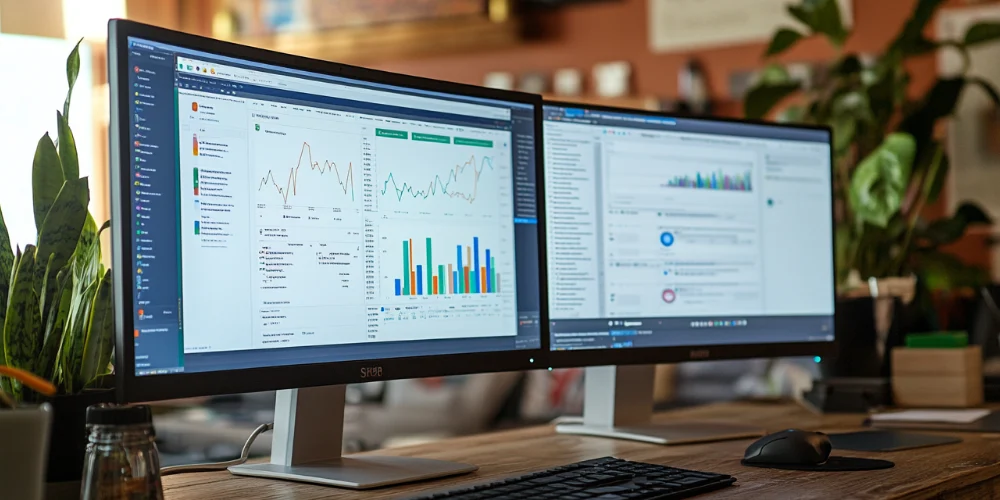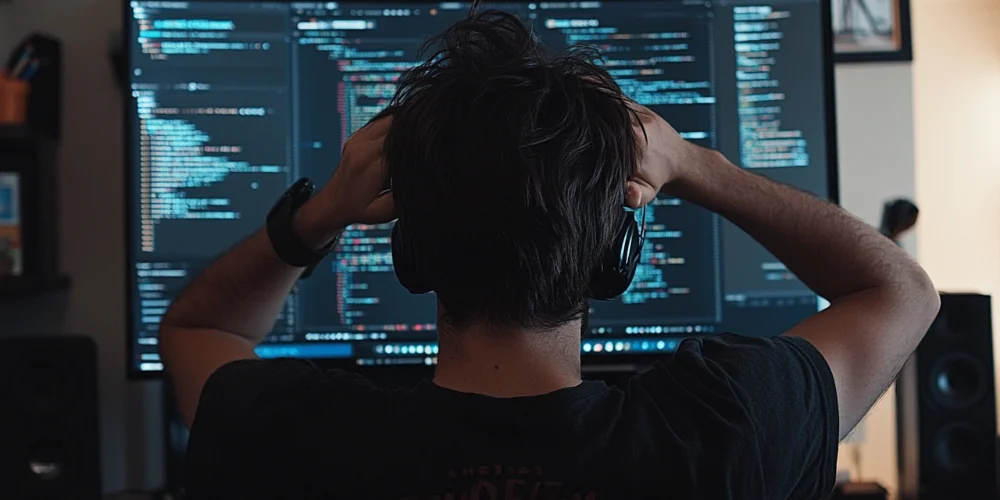Overview of the March 2025 Core Update
Google’s March 2025 core update marks a significant event in the search engine optimisation (SEO) landscape. This algorithm update began on March 13, 2025, and concluded on March 27, 2025, as part of Google’s ongoing mission to improve search result relevance and quality.
Objectives of the Update
Google’s core updates aim to improve the user experience by surfacing helpful, accurate, and relevant content. These updates do not target individual websites but adjust how content is evaluated overall, rebalancing how sites rank.
Rollout Timeline
- Start Date: March 13, 2025
- Completion Date: March 27, 2025
- Duration: 14 days
The update rolled out gradually, with many websites experiencing changes to their visibility during this period.
Impact on Websites
Google’s March 2025 Core Update caused noticeable shifts in search rankings, particularly for websites that lacked helpful, original content. The update emphasised people-first content, rewarding sites that demonstrated expertise, trustworthiness, and value to users. In contrast, those relying on thin or heavily AI-generated content saw significant visibility or even deindexing drops.
Ranking volatility was widespread across industries, with affiliate, health, finance, and local business websites most affected. Sites that offered helpful and well-structured content often gained visibility, while those using scaled content or low-effort pages were penalised.
Local SEO was also impacted. Businesses with outdated or duplicate location pages noticed a dip in performance, while those with clearly optimised service areas and strong user experience benefited.
The update ran alongside a spam update, so some sites received manual actions for manipulative content or linking tactics. Overall, websites focused on long-term, high-quality content strategies emerged stronger, reinforcing why user-focused optimisation is more critical than ever.
Observations from the SEO Community
Site owners and digital marketers reported a mix of outcomes. Some websites gained better positions in search results, while others dropped in visibility. This underscores the importance of continuous SEO monitoring and improvement.
Tracking Site Changes
SEO tracking tools detected increased volatility, particularly within certain industries. These changes confirm the broad nature of the update and highlight that no niche or sector is immune to core update shifts.
Comparison with Previous Core Updates
The March 2025 Core Update was more impactful than previous Google updates, with a clear focus on targeting low-quality and mass-produced content. Unlike past updates that passively rewarded strong content, this rollout actively penalised sites using thin or AI-generated posts at scale. Many websites saw sudden traffic drops, especially those without original, people-first content.
A major difference this time was that the core update launched alongside a spam update. Sites using manipulative tactics—like doorway pages or link schemes—faced ranking losses and manual penalties. This dual rollout intensified the effects and made recovery more difficult.
The update also weighed more on E-E-A-T (Experience, Expertise, Authoritativeness, Trust). While this has always been a ranking factor, the March update clarified that user trust and credible authorship are vital for search visibility.
Recovery from the update is expected to take longer. Even if websites improve their content, they may not see changes reflected until a future core update. This shift highlights the need for long-term, ethical content strategies over short-term SEO tricks.
December 2024 Core Update
The December 2024 update was fast and impactful, completed in six days. By comparison, the March 2025 update took longer and appeared to have a broader and more sustained influence.
August 2024 Core Update
That update favoured smaller publishers and websites producing helpful, people-first content. While the March update’s scope is broader, the emphasis on relevance and usefulness remains clear.
Google’s Guidance for Webmasters
Google advises site owners to focus on content quality and the user experience.
Key Recommendations
- Create Original Content: Ensure the information is fresh, well-researched, and unique.
- Showcase Expertise: Use qualified authors and cite trustworthy sources to build credibility.
- Optimise User Experience: Improve your site’s mobile usability, page speed, and design.
Dealing with Ranking Drops
Losing visibility after an update doesn’t mean your site has been penalised. Often, it means that other content better meets user intent. Google encourages you to review your content using its guidelines and improve where needed.
Strategies to Adapt After a Core Update
After a Google core update, website owners should take a strategic, long-term approach rather than making rushed changes. Start by reviewing your content. Focus on improving or removing low-value, outdated, or thin content. Ensure your pages are helpful, accurate, and written with the user in mind, not just search engines.
Next, enhance your site’s authority and trust by adding author bios, clear sources, and evidence of real-world expertise. Improving user experience, page structure, and accessibility will help align your site with Google’s E-E-A-T guidelines (Experience, Expertise, Authoritativeness, Trust).
Use Google Search Console to spot drops in traffic or rankings and identify which pages need attention. To improve performance, fix technical issues like slow load times, crawl errors, or mobile usability problems.
In terms of backlinks, focus on building genuine links from reputable websites. Avoid link schemes or low-quality directories. Ensure your content matches the intent behind search queries. This means updating content to answer questions clearly and fully.
Finally, don’t panic if your rankings drop. Wait until the update has fully rolled out and focus on sustainable improvements. Core updates reward useful content and long-term value, so keep publishing quality material that puts users first.
Perform a Comprehensive Content Audit
Analyse your site to identify underperforming or outdated content. Remove, update, or expand those pages to align with search intent.
Strengthen E-E-A-T (Experience, Expertise, Authoritativeness, and Trustworthiness)
Enhance your author profiles, publish data-backed content, earn backlinks from high-quality sources, and be transparent about your company or organisation.
Improve Technical SEO
Ensure your site is technically sound:
- Fix crawl errors
- Use structured data
- Optimise images
- Ensure fast loading times
- Improve navigation
Leverage User Behaviour Data
Monitor key metrics:
- Bounce rate
- Time on page
- Pages per session
- Conversion rates
These insights help you refine the content and user experience further.
The Importance of Patience After Making Changes
Updates to content and structure can take time to impact rankings. Sometimes, it may take weeks or even months for search engines to re-evaluate and re-rank your content.
Avoid Quick Fixes
Removing elements hastily or making drastic changes can do more harm than good. Focus on long-term improvements that genuinely benefit your visitors.
Sustainable SEO Wins
Google wants content written for users, not just for algorithms. Sustainable strategies outperform short-lived hacks or keyword stuffing.
Monitoring and Recovery
If your site is negatively affected, it’s important to monitor performance over time and continue making positive improvements.
Use Google Search Console
Regularly check for:
- Indexing issues
- Declining keyword positions
- Reduced impressions or clicks
This will help you trace issues and measure the impact of your fixes.
Know What to Watch For
If your top-performing pages have dropped from positions 2 to 10, evaluate:
- Relevance of keywords
- Content freshness
- Page authority and backlinks
- Competitor improvements
What Google’s March 2025 Core Update Teaches Us About Long-Term SEO Success
Google’s March 2025 core update reminds us that SEO is not static. Search engines are evolving constantly, and the best defence against volatility is producing consistent, quality content that meets user needs.
Whether you experienced gains or losses, the lesson remains: prioritise your users, refine your content, and commit to ongoing improvements. By aligning your strategy with Google’s vision, your site is more likely to remain competitive in an ever-changing digital environment.

















